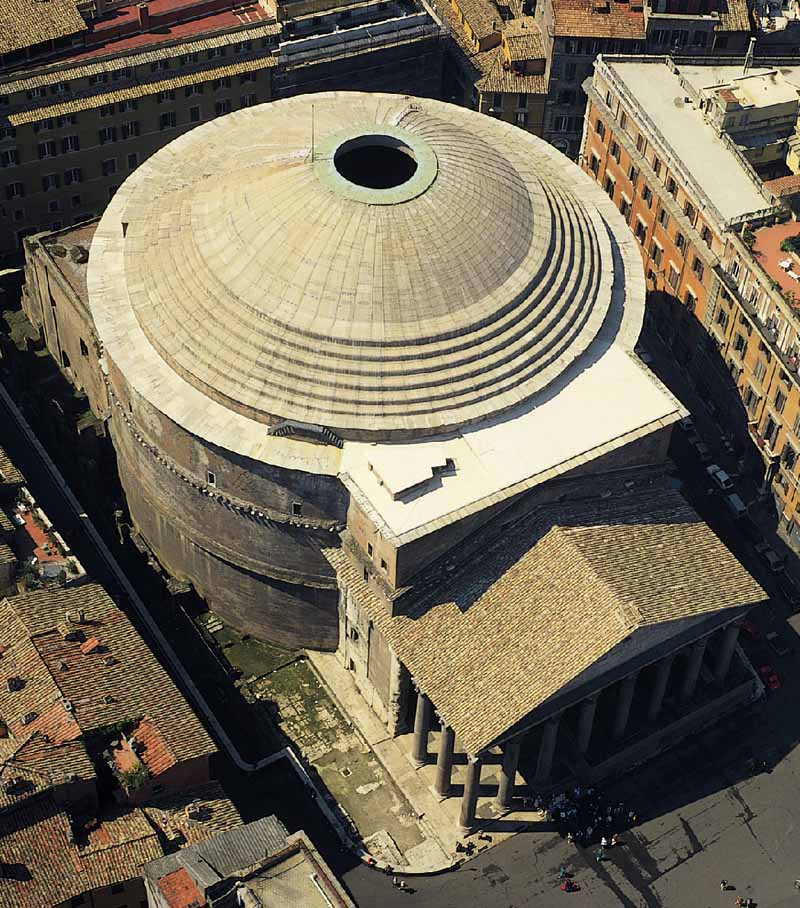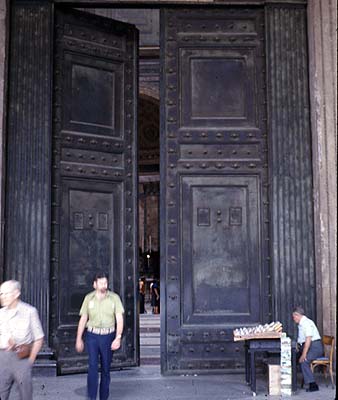Ave Caesar! we who are about to die salute you!
That is how the gladiators entering the arena for the game of death, or freedom used to salute the king.
Like most of the first time visitors to Rome, our first stop was at the Colosseum. I am not a ball game fan, and have not visited ball parks unless there was a graduation or a musical show I had to go to.
If you have ever watched The Gladiators, this is a place you don't want to miss.
gladiators movie https://www.youtube.com/
gladiators movie https://www.youtube.com/
Much like the present day American Football, the Roman Gladiator games, borrowed from Etruscan and Greek culture, when it was mostly a funeral rite game, are as much as an entertainment as much a deflection of public pent up emotions away from the powers to be. Although Romans considered everybody else as savages, these sports would be as savage as anything can be.
Knowing how organized the corporate sports is today, it is surprising that it was not much different two thousand years back. The Gladiators, like the present day football players, have to suffer and inflict suffering on their competitors for the entertainment of the masses and the pockets of their handlers. These 'entertainers' then and now are both paid handsomely, traded like slaves, and are celebrities. The name, fame, money and the adrenaline of the sports made many freemen and nobles to be a gladiator and enter in voluntary servitude for five years, not much different from the football players of today. Money earned in one bout of game could be equal to the annual salary of a Roman soldier.
Now we have owners of teams, and then they had lanistas, the owner of the Gladiator schools. Half of the players were contractual, rest were slaves. Many of these slaves were not born slaves, but were freeman of the conquered lands and colonies who ended as slaves at the end of wars. For an able bodied man who can fight well, being a gladiator was a god given opportunity to earn freedom and much more; although there was a risk of death. In reality very few of the losers had to pay with their lives. It was the will of the king, with a thumb up or down to let the gladiator live or die. Ninety percent was the chance to survive. There was an economic side of it too. If a gladiator dies, the sponsor has to pay for the replacement.
Sports medicine has its roots in these games as the doctors taking care of wounded gladiators were experts in fractures and treatment with opium and immobilization.
The Colosseum was build on a site where a lake was build by Nero. It seems that Nero is the punching bag for all the things wrong with Ancient Rome. Probably he was not as bad as history has made him.
Yes, he may have orchestrated the death of his mother, who had orchestrated his rise to throne, and he had married his half sister, was the first Roman king to commit suicide, had a freedman castrated so he can marry him as he resembled his dead wife; yes all of that may be true but he never played fiddle while the Rome burnt. Fiddle was perhaps not invented by that time. He may have wanted the fire to burn Rome so he can rebuild it the way he wanted. He also used the fire as an excuse to punish Christians, but he opened his palace gates for the ordinary Romans to find shelter after the fire. He had made a lake where the Colosseum now stands, and perhaps after his death, Romans wanted to erase many of the landmarks attributed to Nero so the lake was gone.
Yes, he may have orchestrated the death of his mother, who had orchestrated his rise to throne, and he had married his half sister, was the first Roman king to commit suicide, had a freedman castrated so he can marry him as he resembled his dead wife; yes all of that may be true but he never played fiddle while the Rome burnt. Fiddle was perhaps not invented by that time. He may have wanted the fire to burn Rome so he can rebuild it the way he wanted. He also used the fire as an excuse to punish Christians, but he opened his palace gates for the ordinary Romans to find shelter after the fire. He had made a lake where the Colosseum now stands, and perhaps after his death, Romans wanted to erase many of the landmarks attributed to Nero so the lake was gone.
King Vespasian as a general, along with his son Titus had led the First Jewish Roman war which ended in the destruction of the Second Temple ( see the Arch of Titus in Roman Forum). When he became king, he came with the idea of building a colossal stadium for gladiator games. It was to be called Flavian Amphitheatre. It will be a place for him to meet and address Romans and control their thoughts and release there pent up emotions.
It was to be 150 feet high and would accommodate 50,000 people. Arena( means sand) is oval shaped 280 by 165 covered with a wooden floor and then sand on top of it. The basement was below the arena, where the gladiators and hungry animals were kept, and brought up by lifts.
Vespasian died in 79 AD and his son Titus was left with the task of completing it. During his reign there were two national catastrophes, the volcanic destruction of the southern city of Pompeii ( covered in a later blog) and another fire of Rome. It was becoming clear that he is on the wrong sides of the gods and he needed the Colosseum to turn the tide against his probable fall from grace.
Given this he wanted a great opening Inaugural Games of the Colosseum. Held in 80 and lasted for one hundred days. 9000 wild animals were killed in these inaugural games.
Like the Superbowl it was a big extravaganza. There was the pre-game show but without dancing cheer leaders. Instead there were loins, kept hungry and fed human flesh to develop tastes for human, and common criminals to face them and be eaten alive. Some times the loins got scared by the cheering crowds and then the game-master, the beast trainer had to pay with his life.
The middle of the day, when the elite may retire to each lunch was reserved for the killing of criminals by crucifixion. And then of course the prime time was for gladiators games.
One of the most vividly recorded game is between Verus and Priscus a Balkan and a Celt. who were both declared winner, a rarity, by Titus and both earned freedom. BBCmovie https://www.youtube.
Some myths about the Colosseum is that it was the place where many Christians were executed.
After the Fall of Roman Empire it slowly got vandalized and used by many Romans, poor and rich as a place to life, steal and hide. The Popes and Catholic Church, the real power left behind in the city after the Fall, were not interested for a long time in preserving the place. Eventually it was claimed to be a site to be preserved and a big cross was put in it where perhaps the Caesar used to sit, along with the Nuns.
Walking around the Colosseum on the outside does not make you realize the enormity of it. You realize it only when you enter it and reach the second level. Amazingly today's ball parks are not much different than the mother of all stadia. Amazing to realize that it was built in 5 years fro 75 to 80 AD. Elliptical in shape 187 meters at its longest and 155 at its shortest.
There ware 80 arches and all the 'gates' are numbered except the four reserved for the royal and elite. Entry was free but it was a privilege. The ticket had the seat number and the route to reach the seat. a total of 50,000 seats, allotted on rigid social division.



























